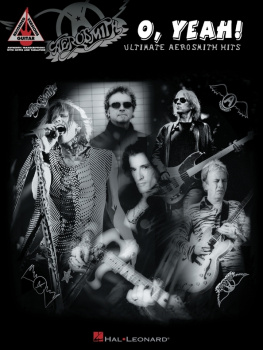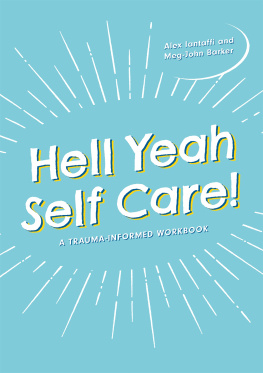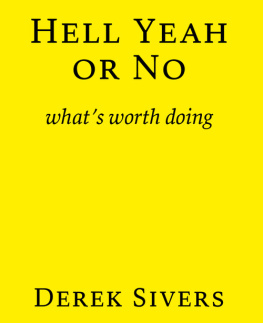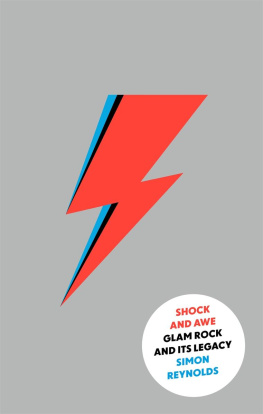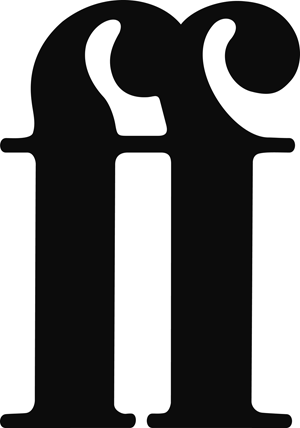I remember reading about a kid, twelve or thirteen years old, who used to spend Saturday mornings lurking in the Vintage Record Centre on Roman Way in North London. He would watch the old Teds and the young rockabillies, the dandified fifties revivalists and the single middle-aged men walk through the door, thumb through the racks, and all ask for the same record: Do you have Cast Iron Arm by Peanuts Wilson? The answer was always no. The kid was in awe of this record. It must, he figured, be the best record ever made. What could it sound like? Who was Peanuts Wilson? Why was the arm made of cast iron? This would have been in the mid-seventies and there was no way he could find out the answers to these questions, or even get to hear the record because it was so rare, and so in demand. He dreamed about it, tried to imagine how it might sound: harder than Hound Dog, sharper than Summertime Blues. For this kid, in its magical elusiveness, Cast Iron Arm embodied the wonder of pop music.
In the twenty-first century anyone can type the name Peanuts Wilson into YouTube or Spotify or iTunes and hear Cast Iron Arm, with its honking sax, comic interludes and thunking backbeat. The same goes for the rarest British hard-rock album, Growers of Mushroom by Leaf Hound. Or Carry Me Home, a still unreleased Beach Boys outtake from their Holland album. This wasnt possible in the pre-digital age, when information was passed around pop fans via music papers and radio shows, fanzines, cassettes and word of mouth analogue technology, airwaves, printing presses, everything in perpetual motion. Before the arrival of Napster in 2000, the gateway for iTunes, it had been this way for the best part of five decades: this was the modern pop era.
There have been many great music books written since 2000, on genres, micro-genres, single albums, even single songs. But there hasnt, as far as Im aware, been a book on the whole of modern pops development, none to explain when and why things happened, the connections, the splinters, what has been lost or forgotten along the way.
My intention with Yeah Yeah Yeah is to give the reader a feel for pops development as it happened, by drawing a straight line with the odd wiggle and personal diversion from the birth of the seven-inch single to the decline of pop music as a palpable, physical thing in the nineties. Chronologically, I will explore how each new era brought with it new icons and iconoclasts, the arrival and excitement of hot sounds, and how, when they began to cool off, several different styles developed and myriad subgenres were created.
From the fifties to the nineties, pop was personal and private. You could live in its wider world but also shape it to your own ends by amassing a collection of vinyl, making tapes of singles in the order you wanted to hear them, then passing on the secret to fellow travellers. I had exercise books in which Id write down the new Top 20 every Tuesday: at 12.45 wed have the radio on at school, and friends huddled together to find out whether the heroic Altered Images had dislodged the dreadful Dave Stewart and Barbara Gaskin from the top of the chart. It was a religion. I didnt feel the need to go to church.
My first published work was in a fanzine called Pop Avalanche in 1986. I sent a copy to the New Musical Express and they sent me off to review a Johnny Cash show in Peterborough. Since 1990, Ive been fortunate enough to see the pop world from both sides, as a fan, a writer, and also as a member of a pop group: I was twenty-five when Saint Etienne started, and we had the remarkable good fortune to appear on Top of the Pops, on the cover of the NME and on stage around the world. For the last dozen years I have written for The Times and the Guardian, which has given me the opportunity to interview stars and equally important to me to shine some light on records, singers, writers and producers who I thought were undeservedly obscure.
This book picks up the threads that connect doo wop, via Philly soul, to house music, or possibly less obviously ones that link Johnny Duncans Last Train to San Fernando to the Buzzcocks Boredom to the Prodigys Everybody in the Place. I want to give a sense of how the web was woven. Where does Frankie Lymon fit in? More to the point, in a world where Nick Drake is considerably better known than Fairport Convention, how were both perceived at the time, and how did they affect pops climate? Chronologically, I explore how the technology not only interacts with music, but helps to start the era (the portable record player), then kill it (the compact disc as Trojan horse), and how modern pop was built up by communication, the distribution of information, the secret world of music papers and fanzines, late-night or illegal radio broadcasts, and stolen moments on TV shows.
I wanted to write this book because there is no such guide. I wanted to argue that the separation of rock and pop is false, and that disco and large swathes of black and electronic music have been virtually ignored by traditional pop histories. This situation has changed considerably since Saint Etienne formed in 1990, though rockism still exists, and snobbery is still rife. At the other extreme, some purists dont think of albums as pop at all, but Im not going to be a seven-inch fascist albums were an essential part of modern pops development.
What exactly is pop? For me, it includes rock, R&B, soul, hip hop, house, techno, metal and country. If you make records, singles and albums, and if you go on TV or on tour to promote them, youre in the pop business. If you sing a cappella folk songs in a pub in Whitby, youre not. Pop needs an audience that the artist doesnt know personally it has to be transferable. Most basically, anything that gets into the charts is pop, be it Buddy Holly, Black Sabbath or Bucks Fizz. So, Laurie Andersons O Superman is pop music (UK no. 2 in 1981), as is Waldo de los Ross Mozart No. 40 (UK no. 5 71), and the Marcels Blue Moon (UK and US no. 1 61). The charts are vital social history. It is much harder to recover the menacing impact of Be-Bop-a-Lula or future shock of I Feel Love without hearing them alongside contemporary hits: the former shared a chart with Mel Torms Mountain Greenery and Ted Heaths The Faithful Hussar; the latter entered the chart sandwiched between Alessis Oh Lori and the Muppets Halfway down the Stairs. Context is everything.
What creates great pop? Tension, opposition, progress and fear of progress. I love the tensions between the industry and the underground, between artifice and authenticity, between the adventurers and the curators, between rock and pop, between dumb and clever, between boys and girls. A permanent state of flux informed the modern pop era and taking sides is part of the fun. Some saw punk, for instance, as a way of rewriting the rules completely, as the Futurists had done in art, while others read 1977 as a return to roots, the excitement of first-wave rock n roll revisited. Both sides had a strong case. On the one hand you had Malcolm McLarens Debord-quoting art-school insurrection; on the other you had the Clash and Joe Strummers cut the crap ideology. In pop, the conservative can be seen as cool. But pop music isnt there to be contained. It isnt school it only has unwritten rules, and theyre all there to be broken. The energy and insight of pop comes from juggling its contradictions rather than purging them. Queen may have proudly printed no synthesizers on their first few album covers, suggesting they were all rock, no artifice, but when they changed their minds in 1980 for Another One Bites the Dust it gave them an international number one, and became an early source for hip-hop samples; pop moved forward and everyone was happy.



